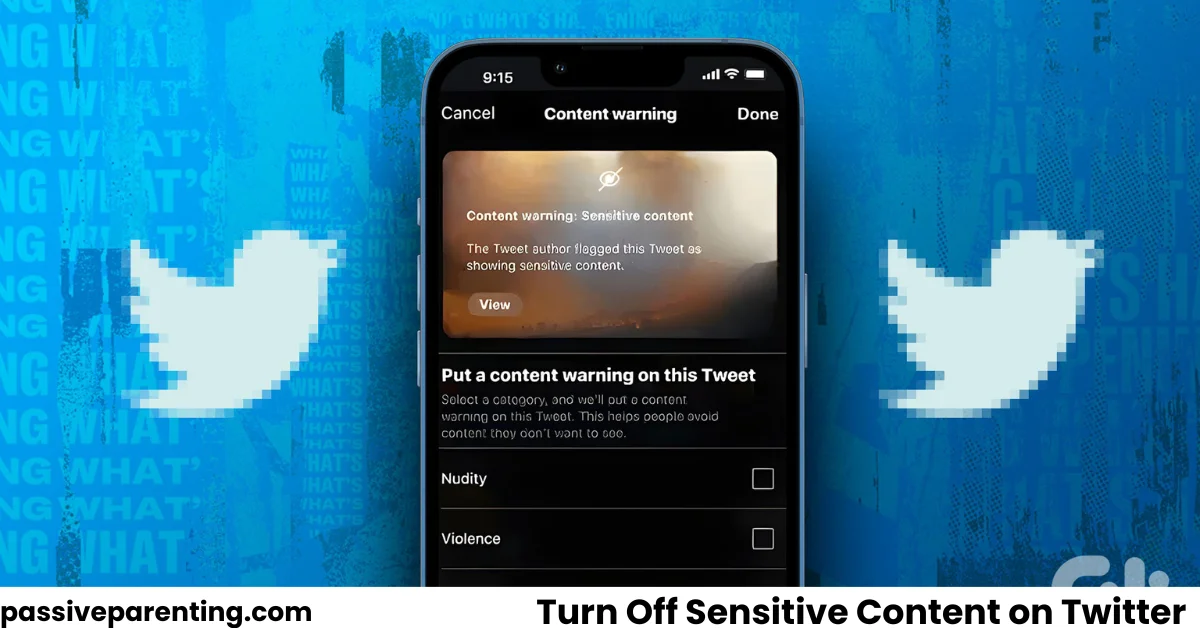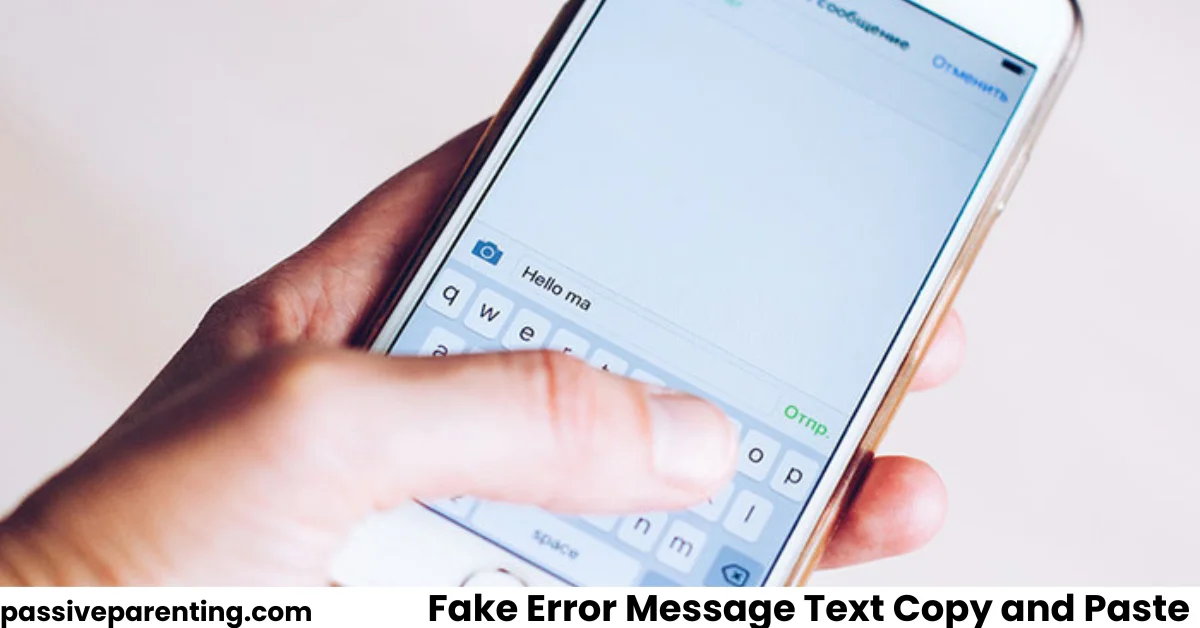AI is now baked into baby monitors, homework helpers, screen-time tools, and family organizers. Used well, ai for parenting can save time, lower stress, and support your child’s wellbeing. This guide compares real use cases for newborns through teens, highlights limits and risks, and gives you simple checklists so you can choose wisely and get value today.
How AI Works In Everyday Family Tools
- Pattern-spotting: Apps learn routines like naps, feeds, or tantrum triggers and suggest tweaks.
- Personalized learning: Homework helpers adjust difficulty, pacing, and explanations.
- Digital wellbeing: Parental controls use classifiers to flag risky content and set smart limits.
- Assistants: Voice or chat tools draft schedules, coach communication, and summarize school notices.
Reality check: AI is a helper, not a replacement for your judgment. Keep conversations, empathy, and house rules at the center.
AI for Parenting: Top Use Cases By Age
New parents and toddlers
- Sleep and feeding tracking: Predict nap windows, flag irregular patterns, and propose calmer routines.
- Smart baby monitors: Noise and movement analysis reduces false alarms and highlights real changes.
- Language and play prompts: Age-aware suggestions for songs, books, and open-ended play.
Fast win: Use AI prompts to batch-plan tomorrow’s meals, diaper bag checklist, and a 10-minute floor play session.
School-age kids
- Homework copilots: Step-by-step hints, reading supports, and “explain in kid-friendly language” modes.
- Executive function support: Visual schedules, routine nudges, and “first… then…” task breakdowns.
- Digital wellbeing: Contextual screen limits on games or videos during homework blocks.
Fast win: Pair a reading-level detector with nightly 15-minute read-alouds, then ask the AI to generate two discussion questions.
Teens
- Study coaching: Practice tests, spaced-repetition decks, and past-paper style explanations.
- Planning: Auto-drafted weekly plans that balance school, sports, sleep, and social time.
- Safety: Location sharing with consent, and gentle nudges about late-night scrolling.
Fast win: Invite your teen to co-create an exam plan with an AI planner, then approve together and set two non-negotiables: sleep and movement.
What To Compare Before You Install
Feature essentials
- Privacy and data control: Clear options to delete data, export logs, and turn off microphones or cameras.
- Age fit: Modes for toddler, school-age, and teen; separate parent dashboards.
- Transparency: Explains what is automated, what is reviewed by humans, and what is guessed.
- Offline options: Basic features work without constant internet.
- Guardrails: Safe-search, profanity filters, model disclaimers, and in-app reporting.
Nice-to-have
- School sync: Imports calendars and deadlines.
- Family roles: Different permissions for caregivers.
- Evidence notes: Citations for health or learning claims.
Quick Checklist: Evaluate Any AI Parenting Tool
- Purpose is clear: what job will this tool do for our family this month?
- Account setup uses child/teen profiles, not your main email when avoidable.
- Data settings reviewed: location, mic, camera, contacts, and sharing toggles.
- Family rules documented in a written media plan. HealthyChildren.org
- Trial period: test for seven days and keep only if it reduces friction.
Do / Don’t: A 60-Second Box For Busy Parents
Do
- Start with one problem: sleep, homework, or schedules.
- Sit with your child the first few sessions, model how to ask good questions.
- Revisit settings monthly; kids’ needs change fast.
Don’t
- Don’t treat AI output as medical, legal, or mental-health advice.
- Don’t outsource hard talks about safety, consent, and kindness.
- Don’t keep tools that add steps or spark arguments; uninstall and move on.
What The Evidence Says (And Where It’s Mixed)
- Media and screen rules work better when co-created. The AAP recommends a written family media plan so expectations are clear and age-appropriate. This helps AI tools fit inside your values, not replace them.
- Children’s data deserves special protection. The FTC updated enforcement to limit how companies monetize kids’ data under COPPA. Choose tools that minimize data collection, offer verifiable parental consent, and let you delete data.
- AI can benefit kids, but design must be child-centred. UNICEF urges “child-centred AI,” including fairness, safety, explainability, and accountability. When choosing tools, look for simple explanations of what the AI does and how risks are handled.
- Where evidence is mixed:
- AI baby monitors and sleep wearables can be helpful for patterns, yet they are not medical devices; if something worries you, call your clinician.
- AI companions for teens may feel supportive but can blur boundaries; set usage rules and keep an eye on emotional dependence.
Concrete Picks By Need (feature snapshot, not endorsements)
- Routines and scheduling: Tools that auto-build family timetables and suggest buffer times around sports or therapy.
- Homework help: Apps with “show steps” and “teach me how, not the answer” modes; look for citations and multiple solution paths.
- Digital wellbeing: Parental controls that learn when to pause apps, not just fixed timers; weekly reports you actually read.
- Neurodiversity supports: Timers with visual cues, noise shaping, and text-to-speech that learns preferred voice and pacing.
- Health habits: Gentle reminders for water, movement, and wind-down routines; no calorie targets for young kids.
Tip: Test on a weekend first. If you spend more than 10 minutes explaining it to your child, it is not the right tool.
Set Up In 20 Minutes: A Mini Playbook
- Define the job: e.g., “Reduce school-morning chaos.”
- Pick one tool: calendar AI that clusters morning tasks and adds 5-minute buffers.
- Write 3 rules: alarm at 7:00, backpacks packed at 7:45, out the door at 8:00.
- Turn on only needed permissions: no contacts, no background location.
- Create a micro-ritual: 2-minute daily stand-up after dinner to tweak the plan.
- Review Sunday night: keep what worked, remove what didn’t.
Safety, Privacy, And Conversations To Have This Week
- Explain the limits of AI: It predicts based on patterns and can be confidently wrong. Ask your child to cross-check important answers.
- Model prompts: “Explain long division using pizza,” “Summarize this article in five bullets I can read aloud.”
- Write down your media plan: Where devices live at night, who can install apps, when AI tools are allowed for homework. AAP provides a simple template if you want one.
- Review privacy together: Show your child how to find the data-deletion button and why we use it. The FTC has clear guidance on children’s privacy that you can skim first.
- Check for child-centred design: Does the app explain in plain language how it makes decisions? UNICEF guidance is a good North Star.
Conclusion
Used intentionally, ai for parenting can make daily life calmer and more connected. Start with one need, choose tools that respect children’s privacy, and keep conversations flowing. Follow expert guardrails from FTC, and UNICEF, and you will get the benefits of smart helpers while staying anchored to your family’s values.




